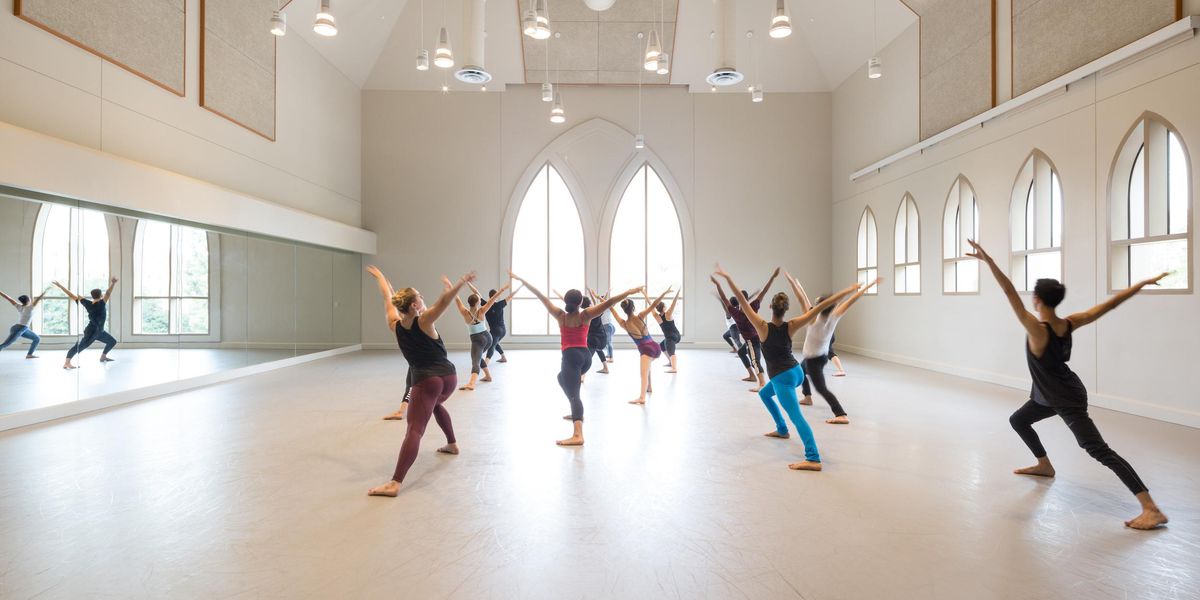Lois Bewley (1934–2012)
Once dubbed “the clown princess of dance,” Lois Bewley died on Nov. 21 in Manhattan. In a 1976 article in The New York Times, Anna Kisselgoff wrote, “Above all, Miss Bewley might be regarded as one of dance’s finest comediennes.” Arguably, Bewley was the most multi-talented American dancer of her generation—receiving critical acclaim as a dancer, choreographer, designer, opera director, photographer, and multimedia artist.
At left: Lois Bewley. Photo by Sandra Geist from the Dance Magazine Archives.
Born in Louisville, Kentucky, Bewley eventually moved to New York, where she studied at the School of American Ballet and performed with the Ballet Russe de Monte Carlo, American Ballet Theatre, Jerome Robbins’ Ballets U.S.A., and on Broadway. In 1959, she joined the New York City Ballet.
In 1960, with fellow City Ballet dancers Bill Carter, Charles Bennett, and Nadine Ravine, Bewley formed the First Chamber Dance Quartet, for which they created their own dances. In a review of the group’s 1961 New York debut, Times critic Allen Hughes deemed Bewley’s ballets “the freshest and most assured of all.” Her ballet Pi R Squared, a brilliant parody of Balanchine’s choreographic style, garnered special praise from Hughes, who deemed it “brief but devastating.” In all, Bewley choreographed 14 ballets for the chamber group, among which were the “side-splitting” Part II (1964), a sequel to Pi R Squared, and Prokofiev’s Visions Fugitives (1968). Nearly all received praise from critics and audiences alike.
In 1972, Bewley made her debut as an opera director with the St. Paul Opera production of Carl Nielsen’s comic Maskarade, in its American premiere. She also choreographed the production, designed the costumes, and performed. That same year she designed costumes for the Joffrey Ballet’s revival of Massine’s Le Beau Danube.
Bewley choreographed Children of Darkness, a ballet based on Wuthering Heights, for the Pennsylvania Ballet in 1973. She danced the lead role of Catherine and designed the costumes. For the set, she projected her own photographs of the Yorkshire moors.
Throughout her career, Bewley choreographed and taught nationally and internationally for ballet and opera companies as well as conducting master classes for academic institutions including Yale University and SUNY Purchase.
“Lois was one of those people everyone in New York involved in ballet knew,” remembers former ABT soloist John Sowinski. “She asked me to dance with her in Orpheus and Eurydice, an opera she choreographed in Baltimore. She was a unique artist, very serious and very funny at the same time.”
In 1976, she returned to New York in a solo dance concert, “The Return of Lois Bewley,” performed at the 92nd Street Y. In a New York Times interview with Anna Kisselgoff, the fiercely independent artist, proud that she “could never be accused of being boring,” admitted to resisting the artistic control of others. “I’ll never do what I don’t want to do,” she declared. “Artistic fulfillment, that’s what it’s all about.” —Andrew Mark Wentink
Bewley. Photo by Henry Wolfe from the Dance Magazine Archives.




